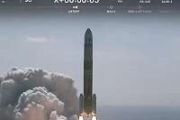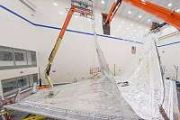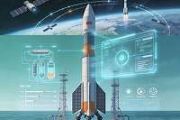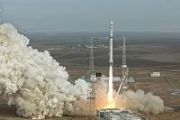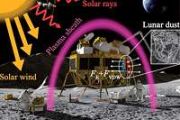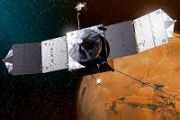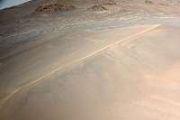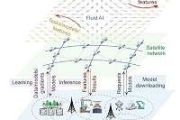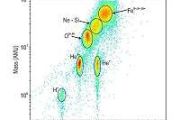
Copernical Team
NASA announces a new class of space missions: Probe explorers
This request seems a bit unusual, so we just need to confirm you're human. Please complete the slider CAPTCHA by dragging it to the right. Thank you for your understanding!
If you believe this is an error, please contact our support team.
185.132.36.159 : 2b240dd5-89d6-4616-bcb5-85c9a317
Scientists long urged NASA to search for signs of life near Jupiter; now it's happening
This request seems a bit unusual, so we just need to confirm you're human. Please complete the slider CAPTCHA by dragging it to the right. Thank you for your understanding!
If you believe this is an error, please contact our support team.
185.132.36.159 : d2b7cc48-c787-45bd-b170-b7302275
Northern lights may be visible in much of upper US on Thursday, Friday
This request seems a bit unusual, so we just need to confirm you're human. Please complete the slider CAPTCHA by dragging it to the right. Thank you for your understanding!
If you believe this is an error, please contact our support team.
185.132.36.159 : c691eba0-0615-4d38-a3c7-99ddc559
Space isn't all about the 'race'—rival superpowers must work together for a better future
This request seems a bit unusual, so we just need to confirm you're human. Please complete the slider CAPTCHA by dragging it to the right. Thank you for your understanding!
If you believe this is an error, please contact our support team.
185.132.36.159 : 4b4b25a3-1695-4073-a410-c9e0258d
Asteroid mining: A potential trillion-dollar industry
This request seems a bit unusual, so we just need to confirm you're human. Please complete the slider CAPTCHA by dragging it to the right. Thank you for your understanding!
If you believe this is an error, please contact our support team.
185.132.36.159 : d54def16-bfbf-4437-ad51-832d3004
Space business is evolving fast—a new book provides much-needed insight
This request seems a bit unusual, so we just need to confirm you're human. Please complete the slider CAPTCHA by dragging it to the right. Thank you for your understanding!
If you believe this is an error, please contact our support team.
185.132.36.159 : c08954ea-ccc2-4690-8b67-507e092a
What's behind the northern lights that dazzled the sky farther south than normal
This request seems a bit unusual, so we just need to confirm you're human. Please complete the slider CAPTCHA by dragging it to the right. Thank you for your understanding!
If you believe this is an error, please contact our support team.
185.132.36.159 : c34b17ff-14ea-441f-b6c6-8563a0df
In a first, Starship megarocket booster caught by SpaceX's 'chopsticks'
This request seems a bit unusual, so we just need to confirm you're human. Please complete the slider CAPTCHA by dragging it to the right. Thank you for your understanding!
If you believe this is an error, please contact our support team.
185.132.36.159 : ca77797a-d772-425f-9cf5-9ebd5957
SpaceX wins earlier-than-expected approval to fly fifth Starship
This request seems a bit unusual, so we just need to confirm you're human. Please complete the slider CAPTCHA by dragging it to the right. Thank you for your understanding!
If you believe this is an error, please contact our support team.
185.132.36.159 : 9bc207b7-d5de-418c-9d33-dfd9b971
A Southern California school plants a 'Moon Tree' grown with seeds flown in space
This request seems a bit unusual, so we just need to confirm you're human. Please complete the slider CAPTCHA by dragging it to the right. Thank you for your understanding!
If you believe this is an error, please contact our support team.
185.132.36.159 : 1c599e5e-1e53-4b83-b24f-9ab791f6





